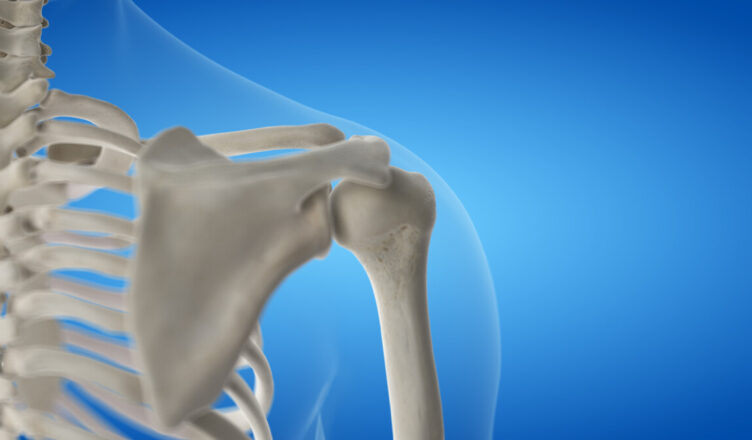Physical therapy (PT), also known as physiotherapy, is one of the allied health professions that uses mechanical force and movements (bio-mechanics or kinesiology), manual therapy, exercise therapy, and electrotherapy, remediates impairments and promotes mobility and function. Physical therapy is used to improve a patient’s quality of life through examination, diagnosis, prognosis and physical intervention. It is performed by physical therapists (known as physiotherapists in many countries).
Physical therapy address the illnesses, or injuries that limit a person’s abilities to move and perform functional activities in their daily lives. PTs use an individual’s history and physical examination to arrive at a diagnosis and establish a management plan and, when necessary, incorporate the results of laboratory and imaging studies like X-rays, CT-scan, or MRI findings. Electrodiagnostic testing (e.g., electromyograms and nerve conduction velocity testing) may also be used.
PT management commonly includes prescription of or assistance with specific exercises, manual therapy and manipulation, mechanical devices such as traction, education, physical agents which includes heat, cold, electricity, sound waves, radiation, rays, prescription of assistive devices, prostheses, orthoses and other interventions.
PTs work with individuals to prevent the loss of mobility before it occurs by developing fitness and wellness-oriented programs for healthier and more active lifestyles, providing services to individuals and populations to develop, maintain and restore maximum movement and functional ability throughout the lifespan. This includes providing therapeutic treatment in circumstances where movement and function are threatened by aging, injury, disease or environmental factors. Functional movement is central to what it means to be healthy.





